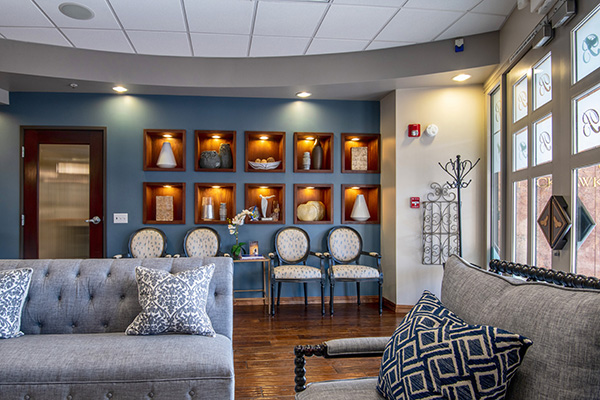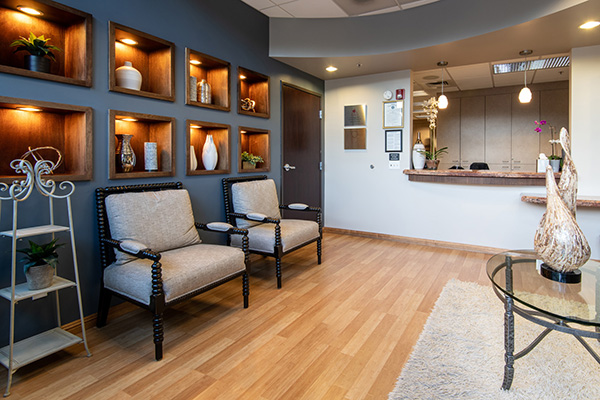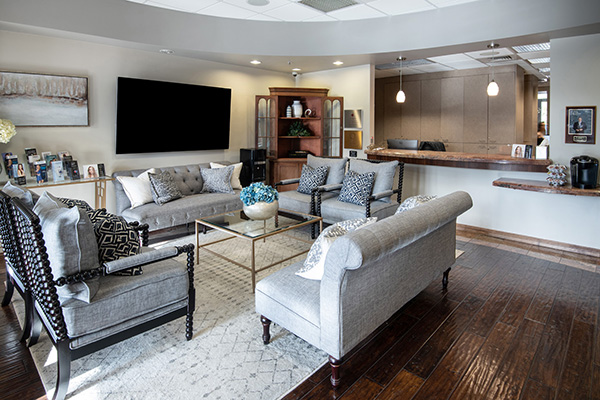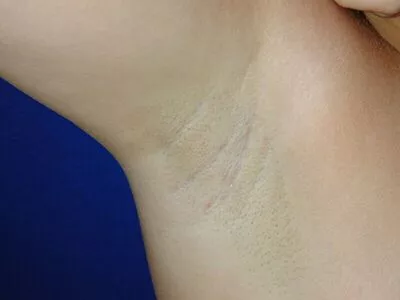
Checking Out Ethnic Variety in Nose Job Techniques
Introduction
Rhinoplasty, often referred to as a "nose job," has actually become among the most desired cosmetic procedures globally. The mission for a visually pleasing nose is not merely about changing its shape or size; it includes cultural subtleties that substantially affect the nose surgery treatment. As societies end up being significantly multicultural, comprehending the impact of ethnic variety on nose surgery strategies is critical for both professionals and clients. This post delves into the complexities and differences intrinsic in ethnic nose job, highlighting how different backgrounds contribute to special surgical approaches.
Understanding Nose job: A Short Overview
What is Rhinoplasty?
Rhinoplasty is a surgery aimed at modifying the shape or function of the nose. Whether carried out for cosmetic purposes or to improve breathing troubles, this surgery can considerably improve an individual's facial harmony and self-confidence.
Types of Nose job Procedures
- This strategy involves making an incision on the columella (the tissue between the nostrils) allowing for higher exposure and access to nasal structures.
- In this approach, all incisions are made inside the nostrils, leaving no noticeable scarring. It's usually less intrusive and can offer a quicker healing time.
- This treatment addresses complications or unsatisfactory arise from a previous rhinoplasty surgery.
Why Think about Rhinoplasty?
- Improved aesthetics
- Enhanced self-confidence
- Correction of structural defects
- Better breathing functionality
The Significance of Ethnic Variety in Rhinoplasty Techniques
Cultural Influences on Nasal Aesthetics
Ethnic background plays a vital role in determining what makes up an "ideal" nose shape, size, and profile within varied cultures. For example:
- Caucasian Patients: Often choose a straighter nasal bridge with a refined tip.
- Asian Patients: May look for enhancement to produce a more prominent bridge.
- African American Patients: Typically desire enhancements while keeping their distinct characteristics.
Understanding these cultural choices enables surgeons to offer customized care customized to each patient's distinct heritage.
Facial Features Across Various Ethnicities
Different ethnic groups exhibit unique facial functions that affect rhinoplasty strategies:

|Ethnic culture|Common Nasal Attributes|Desired Changes|| --------------------|---------------------------------------|----------------------------------------------|| Caucasian|High nasal bridge|Refinement and aligning|| Asian|Low nasal bridge|Augmentation for greater bridge|| African American|Wider base with thicker skin|Narrowing and improvement without losing identity|
Ethnic Variety in Surgical Techniques
Surgeons need to adjust their method based on specific ethnic characteristics:
Rhinoplasty Surgery Treatment Explained
Pre-Surgery Consultation
Before going through nose job surgical treatment, patients meet with their cosmetic surgeon for a thorough assessment involving:
- Discussion of visual goals
- Examination of nasal structure
- Review of medical history
Surgical Treatment Timeline
Step 1: Anesthesia
Patients may go through either regional or basic anesthesia depending upon the intricacy of the surgery.
Step 2: Incision
The picked technique (open or closed) determines where cuts are made.
Step 3: Reshaping the Nose
Surgeons control bone and cartilage to achieve desired contour changes.
Step 4: Closing Incisions
Once reshaping is total, incisions are closed utilizing sutures.
Step 5: Recovery Phase
Patients will experience swelling and bruising post-surgery but will begin financing options for rhinoplasty to see outcomes as healing advances over weeks/months.
Rhinoplasty Expense Factors
The expense of nose job differs commonly based upon several elements:
On average, clients can expect nose job costs ranging from $5,000 to $15,000 depending upon these variables.
Exploring Ethnic Diversity in Nose Job Techniques Throughout Cultures
Asian Nose job Techniques
Cultural Significance
For lots of Asian patients, accomplishing balance in between facial features while improving their cultural identity is vital when thinking about rhinoplasty.
Surgical Approach
Surgeons frequently concentrate on:
- Bridge enhancement utilizing breast implant or cartilage grafts.
- Tip refinement strategies that keep ethnic characteristics.
African American Nose surgery Techniques
Emphasizing Heritage
Patients often look for changes that improve their beauty without jeopardizing their cultural identity-- this includes protecting broader noses or fuller ideas while enhancing overall appearance.
Surgical Modifications
Techniques frequently utilized include:
- Utilizing cartilage grafts from other parts of the body for suggestion refinement.
- Adjustments that result in natural-looking profiles without extreme narrowing.
Hispanic/ Latino Nose surgery Considerations
Unique Facial Structures
Hispanic clients might have varied nasal functions influenced by numerous backgrounds including Indigenous roots which demand customized techniques during surgery.
Customized Techniques
Focus areas consist of:
- Enhancing projection if needed while keeping natural characteristics.
- Appropriate adjustments to guarantee consistency throughout facial features.
Post-Rhinoplasty Care Tips for Various Ethnic Groups
General Postoperative Instructions
Regardless of ethnic culture, clients are recommended to follow these guidelines:
Specific Suggestions by Ethnicity
For Asian Clients:
Due to possibly thinner skin, cautious monitoring of healing is vital to avoid problems like scarring or color modifications at incision sites.

For African American Patients:
Consideration ought to be offered towards potential keloid formation; thus, follow-up care may involve topical treatments suggested by surgeons.
FAQs About Checking out Ethnic Variety in Nose Job Techniques
1. What is nose job's main purpose?
Rhinoplasty's primary goal is either aesthetic enhancement or functional enhancement related to breathing problems through modifications of nose shape or size.
2. How does ethnic culture affect rhinoplastic outcomes?
Ethnicity influences visual choices and physiological distinctions which guide customized surgical approaches for optimum results respecting cultural values.
3. Is there a significant cost distinction based on ethnicity?
While expenses primarily come from procedural intricacy instead of ethnic culture alone, particular ethnic factors to consider may require specialized proficiency which could partially change total expenditures due to extra techniques utilized during surgery.
4. For how long does recovery typically take after rhinoplasties?
Recovery duration varies; nevertheless, most clients return to normal activities within 2 weeks while total recovery might extend beyond 6 months depending upon private circumstances such as surgical complexity and adherence to postoperative directions supplied by surgeons post-operatively.
5. Can I combine rhinoplasties with other procedures?
Yes! Lots of select complementary surgeries such as chin enhancement or facelifts together with nose jobs-- going over these alternatives thoroughly during consultations guarantees holistic treatment preparation tailored particularly towards individual goals!

6. Exist dangers involved with ethnic-specific modifications?
Like any surgical treatment, risks exist consisting of infection danger & & dissatisfaction with outcomes; nevertheless picking skilled surgeons familiar with diverse populations minimizes chances & & helps with effective results aligned with patient expectations!
Conclusion
Exploring ethnic variety in nose surgery strategies exposes simply how important it is for cosmetic surgeons today to adjust their practices according not only individual anatomy but likewise cultural preferences surrounding charm requirements-- ensuring complete satisfaction amongst all neighborhoods looking for change through this powerful treatment! By cultivating understanding; engaging conversations; offering customized services rooted deeply within each person's special heritage-- the art and science behind effective results continues evolving positively!